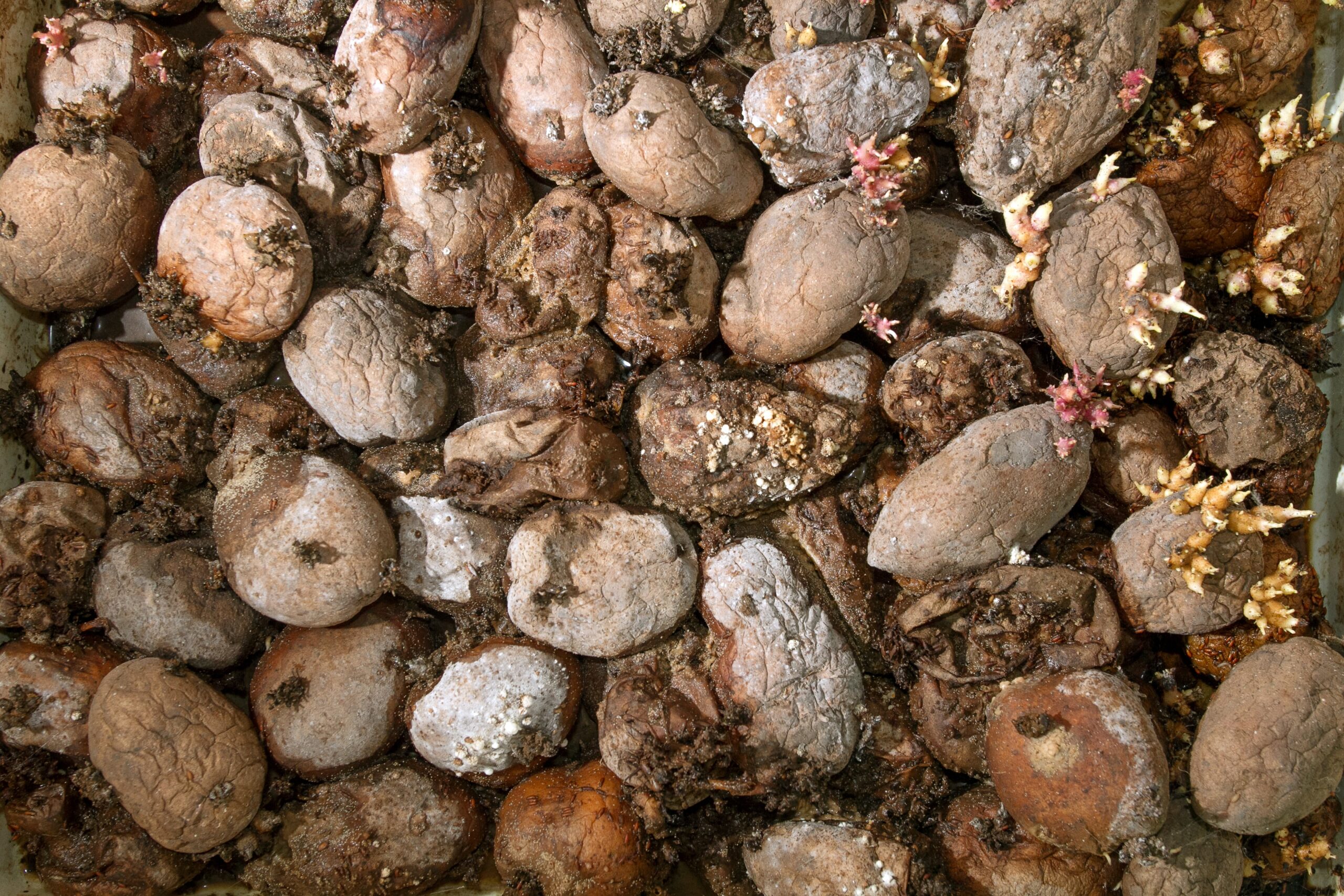
Fungal Threat: An Overview of Mycotoxins in Food Supply Chains

Humans have been familiar with the challenges of procuring, storing, and consuming food for centuries. Whereas there is a variety of man-made chemicals that have started to pose a problem to human health through their presence in food in the past few decades, there is a certain group of chemicals that communities have had to deal with since time immemorial. Evidence of contamination by mycotoxins, naturally occurring toxic substances made by certain molds, or fungi, has been found in ancient books and records.
Today, mycotoxins cause billions of losses annually in unusual raw materials and lost livestock. They affect the growth and performance of farm animals and can be cancerogenic in humans and animals. These chemicals remain a persistent challenge in the food supply chain.
The truth is that we don't yet know why molds produce mycotoxins, which don't help the growth, development or reproduction of fungi as one might expect, although they may play a defensive role against intruders like insects, microorganisms and other animals. The toxins are usually produced in reaction to environmental factors, such as temperature and humidity, mostly under warm and humid conditions. Because these substances occur naturally, It is impossible to completely avoid their presence in foods. Mycotoxins affect a very spectrum of foods, including cereals, nuts, spices, coffee beans and dried fruits, and it is worth noting that the fungi producing them don’t just grow on the surface of the food but can penetrate deep into it, further complicating efforts to detect and remove the infection. These toxins can also survive food processing as they are chemically stable, meaning that once present, they tend to remain in the products.

While there are more than 100,000 known species of fungi, only a small subset of them, namely the species Aspergillus, Penicillium, and Fusarium, are responsible for the majority of mycotoxins that can significantly impact agriculture. Fungi can grow during many of the stages of the food chain, either before or after the harvest, in storage, or in the food itself under certain conditions. When temperatures and humidity are high, there is a greater risk of fungal growth and mycotoxin production. Other factors that can affect contamination include pH, fungal strain, and substrate.
There are several hundred mycotoxins, but only a few have been singled out as most damaging and important for their effects on humans and farm animals. A few examples of mycotoxins commonly affecting food chains are aflatoxins, ochratoxin, substances produced by Fusarium molds including fumonisins, patulin toxins, and trichothecenes, as well as zearalenone, ergot alkaloids, citrinin, sterigmatocystin and Alternaria toxins.
The most dangerous type of mycotoxin is aflatoxins, which are further subdivided into B1, B2, G1, G2, and M1 types, the most common being B1, the most genotoxic and carcinogenic subtype of the five. In fact, aflatoxin B1 is recognized as the most potent naturally occurring liver carcinogen, responsible for approximately 25% of global liver cancer cases or 172,000 per year. Its harmful effects do not stop there, as exposure to the toxin has been linked to childhood stunting, which may lead to various lasting health conditions.
Aflatoxins are produced by the mold genus Aspergillus, most notably Aspergillus flavus and Aspergillus parasiticus. These molds can be found in various climates globally and can grow in soil, hay, decaying vegetation, and grains. Aspergillus commonly affects cereals like corn, sorghum, wheat, and rice, oilseeds including peanut, sunflower, soybean and cotton seeds, spices such as black pepper, coriander, turmeric, and chili peppers, as well as tree nuts, such as pistachio, almond, walnut and coconut. Additionally, the consumption of contaminated feed by animals can lead to the presence of aflatoxin M1 in their milk, which is produced when an infected liver metabolizes aflatoxin B1 and B2. Research has shown that most people are exposed to aflatoxin B1 through grains and grain-based products, while liquid milk and fermented milk products are the main sources of exposure to aflatoxin M1.
Ochratoxin A is produced by Aspergillus and Penicillium fungi, it forms during the storage of crops and is known to cause kidney damage in animals, although its effects in humans are unclear. Patulin, produced by various molds, is found in rotting apples and can cause gastrointestinal symptoms in humans. Fusarium fungi produce several different toxins on different cereal crops, with trichothecenes being acutely toxic to humans, zearalenone (ZEN) causing particularly serious hormonal effects in animals, and fumonisins potentially leading to esophageal cancer in humans.

There is a long list of negative health effects associated with mycotoxin exposure, such as cancer, kidney, and liver damage, reproductive disorders, or problems with the gastrointestinal tract and the body’s immune response. These effects can appear quickly after the consumption of contaminated food, and they can result in long-term impacts on the body, as is the case with cancers and immune deficiency. In the case of aflatoxins, large doses of the chemicals can result in aflatoxicosis, acute poisoning that can severely damage the liver and can be life-threatening. The chemicals are also genotoxic, meaning they can cause damage to the DNA. Short-term symptoms include nausea, vomiting, abdominal pain, and convulsions, but long-term exposure to aflatoxin is also linked to various complications such as growth retardation, cirrhosis, and hepatocellular carcinoma, i.e. liver cancer. Indeed, in February 2018, the EFSA predicted that increasing the maximum permitted levels of aflatoxin in peanuts and peanut-based processed products could nearly double the risk of aflatoxin-induced cancers in consumers. Other studies have also indicated that exposure to aflatoxin could contribute to impaired growth in children and weaken their immune systems, making them more susceptible to disease.
Aflatoxin exposure is prevalent in developing countries, where insufficient harvesting and storage methods lead to the growth of aflatoxin-producing fungus in homegrown crops. Because routine testing for aflatoxin in homegrown produce is not common practice, there are an estimated 4.5 billion people living in developing nations that may experience chronic aflatoxin exposure through their diet. Aflatoxin contamination in staple foods like groundnuts and maize is a significant public health issue in subsistence farming communities in sub-Saharan Africa and South Asia, for example, in regions that are prone to hot and humid climates, which favor the growth of aflatoxin-producing fungi, and where inadequate storage practices can exacerbate the issue.

This doesn't, of course, mean that developing countries are much less susceptible to the dangers of mycotoxins. The chart above shows that the risk is ever-present. Preventing and controlling contamination requires a complex and multifaceted approach, from field preparation and management before planting to field and crop management after planting. One crucial aspect is monitoring and testing for mycotoxins in food and feed, particularly in high-risk products, and using various methods. Regulations also play an important role, with the EU’s Regulation no 1881/2006 setting maximum levels for certain mycotoxins and other contaminants in foodstuffs and providing guidelines for sampling and testing. It is therefore important for food security professionals to be familiar with control methods and regulations to avoid damage by the ever-present threat of fungi.








